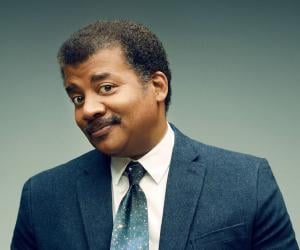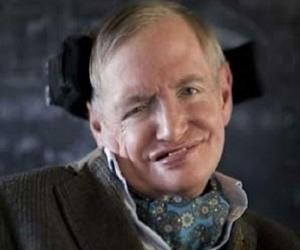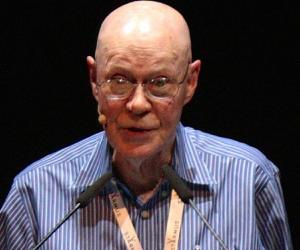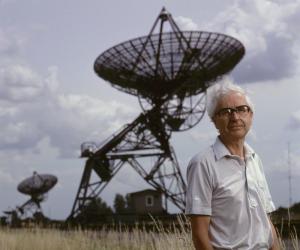Public Welfare Medal-winning astrophysicist and academic Neil deGrasse Tyson hosted shows such as NOVA ScienceNow, Cosmos: A Spacetime Odyssey, and Star Talk. He is the director of Hayden Planetarium and contributed to the dismissal of Pluto’s status as the ninth planet. He has also written a monthly column as "Merlin.”
Stephen Hawking was an English theoretical physicist and cosmologist, who despite being afflicted motor neurone disease that severely limited his physical abilities, was able to build a phenomenally successful career. He was the first to set out a theory of cosmology explained by a union of the general theory of relativity and quantum mechanics. Hawking was ranked 25 in the BBC's poll of the 100 Greatest Britons, in 2002.
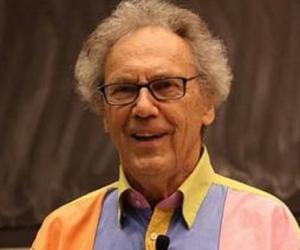
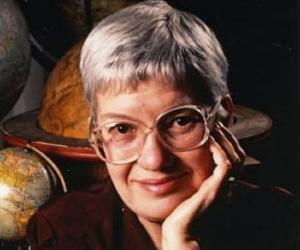
American astronomer Vera Rubin is best known for her pioneering discoveries on galaxy rotation rates, her groundbreaking work confirming the existence of dark matter and for her life-long advocacy for women in science. She studied the galactic rotation curves and provided strong evidence of the existence of dark matter. The Vera C. Rubin Observatory in Chile is named after her.
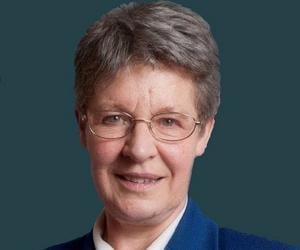
Jocelyn Bell Burnell is an astrophysicist from Northern Ireland. As a postgraduate student, she discovered the first radio pulsars. She graduated from the University of Glasgow and pursued an academic career. In 2018, she received the Special Breakthrough Prize in Fundamental Physics for her discovery of radio pulsars. She donated the three million dollars she received as prize money.
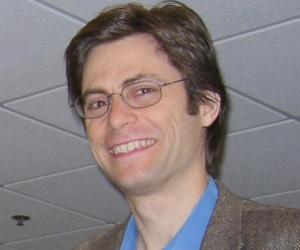
Born to math professor Harold S. Shapiro, Max Tegmark grew up to co-establish the Future of Life Institute, with funding from Elon Musk. The MIT professor is a specialist in cosmology, physics, and machine learning and had also penned a book on artificial intelligence, titled Life 3.0.

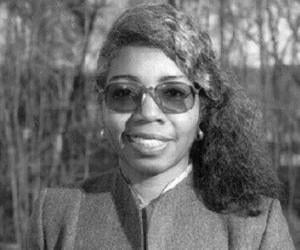
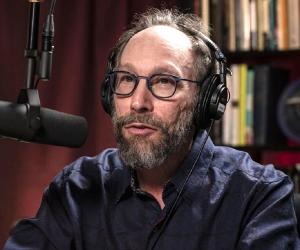
American-Canadian theoretical physicist Lawrence M. Krauss has taught at institutes such as ASU and Yale and also penned several bestselling books. Known for his research on dark energy and zero-energy states, he was later accused of sexual misconduct and thus lost the directorship of the ASU’s Origins Project.
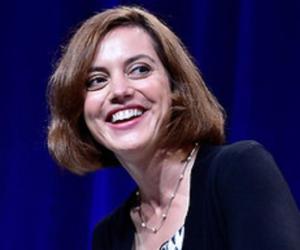
Astronomer Amy Mainzer has been associated with NASA's NEOWISE mission and specializes in asteroid detection. The Stanford and Caltech alumna now teaches at the Lunar and Planetary Laboratory of the University of Arizona and has also appeared on the History Channel series The Universe and in several documentaries.
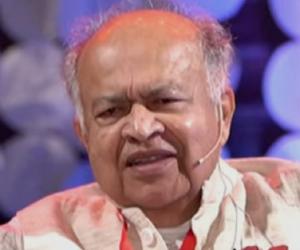
Born to a math professor father and a Sanskrit scholar mother, Astrophysicist and IUCAA professor Jayant Narlikar grew up to collaborate with Sir Fred Hoyle, leading to the conformal gravity theory, also known as the Hoyle-Narlikar theory. He has won the Padma Bhushan and Padma Vibhushan and penned sci-fi novels, too.
Radio astronomer and physicist Antony Hewish is best known for his Nobel Prize-winning research on pulsars. Apart from teaching at Cavendish Laboratory, Cambridge, he has also served as an advisory council member for the Campaign for Science and Engineering. He also has six honorary degrees to his credit.
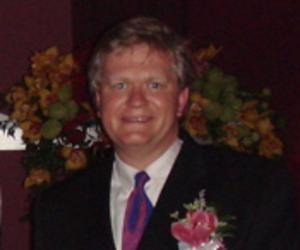
Nobel Prize-winning astronomer Brian Schmidt is best known for discovering what is known as dark energy of the universe. Born in the US, the Harvard alumnus later moved to Australia for his work. He has taught at the Australian National University and is now the university’s vice chancellor.
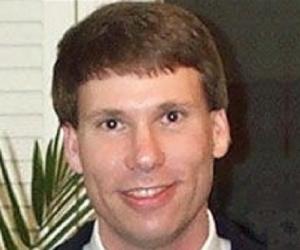
Famous for creating and maintaining MathWorld, the most widely accessed internet site for mathematical resources, Eric W. Weisstein is an encyclopedist who began compiling scientific encyclopedias as a high school student. Author of the bestselling book, CRC Concise Encyclopedia of Mathematics, he is also credited with creating ScienceWorld website.
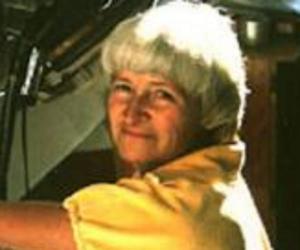
Carolyn S. Shoemaker is an American astronomer best known as a co-discoverer of Comet Shoemaker-Levy 9. A prolific discoverer of comets, she once held the record for most comets discovered by an individual. She was married to geologist Eugene Shoemaker and often collaborated with him. The couple was awarded the James Craig Watson Medal in 1998.
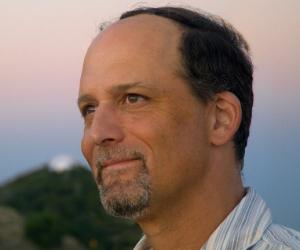
American astronomer Geoffrey Marcy is best known for his use of Doppler shifts in discovering many extrasolar planets, which paved way for discovery of several hundred planetary bodies in multiple star systems. Seventy of the first hundred known exoplanets were discovered by Marcy and his research teams, who also detected the first planetary system around a Sun-like star, Upsilon Andromedae
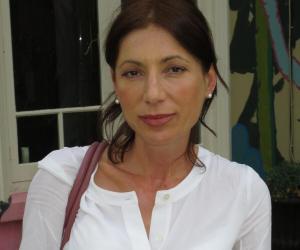
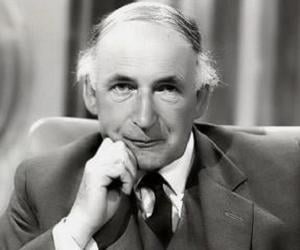
Bernard Lovell was a British physicist and radio astronomer who served as the first director of Jodrell Bank Observatory, holding this position from 1945 to 1980. He studied at the University of Bristol and embarked on an academic career. During World War II, he worked for the Telecommunications Research Establishment (TRE). He was awarded the Benjamin Franklin Medal in 1980.
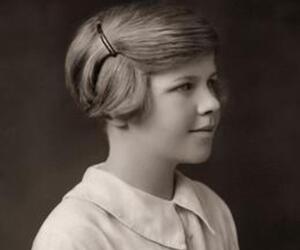
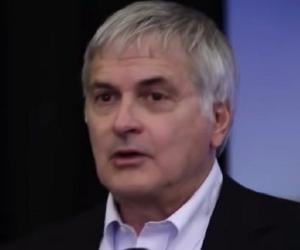
Best known as a senior astronomer of the SETI Institute, Seth Shostak has also been seen on the radio show Big Picture Science. He has also appeared as himself or as an astronomer in numerous films and TV series such as The Day the Earth Stood Still and Alien Encounters.
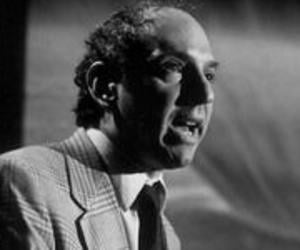
Although he studied English literature and eventually gained a master’s degree in the subject, David H. Levy was an avid comet watcher since childhood. He later teamed up with Gene and Carolyn Shoemaker to discover over 20 comets. A skilled science writer, too, he penned books such as Skywatching.

NASA scientist Robert Jastrow had also taught at Yale and Dartmouth College but is best remembered for establishing NASA’s Goddard Institute for Space Studies and serving as its director. Apart from his research on astronomy and planetary science, he had hosted countless CBS-TV programs on space science.
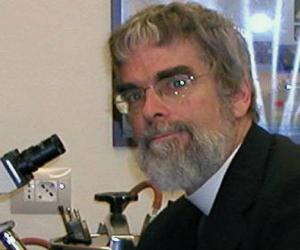
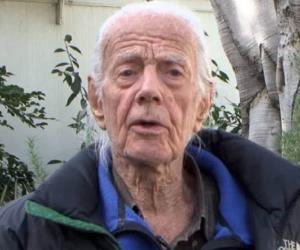
Known as the "Pied Piper of Astronomy" or the "Star Monk," amateur astronomer John Dobson created a low-cost Newtonian telescope, known as the Dobsonian telescope. Born in China, Dobson later moved to the U.S., where he spent 23 years at the Vedanta Monastery, following which he promoted astronomy and cosmology.
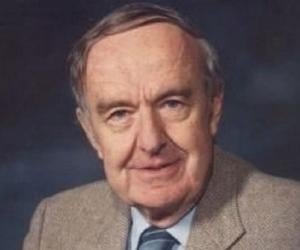
Considered to be one of the most influential astronomers of the 20th century, Allan Rex Sandage is credited with determining the first reasonably accurate value of Hubble’s constant and the age of the universe, a work he began while serving as a graduate student assistant to cosmologist Edwin Hubble. Later, he also made significant contributions to quasi-stellar radio sources.
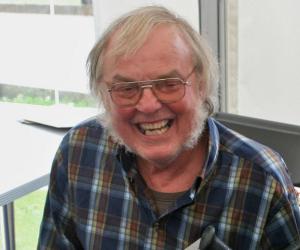
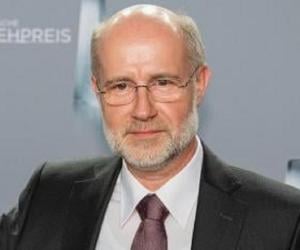
Harald Lesch is a German astronomer, physicist, author, and natural philosopher. He serves as a professor of physics at the LMU and teaches natural philosophy at the Munich University of Philosophy. He is credited with educating complex physical or philosophical issues to public with the help of his television programs. He is the recipient of the Hanns Joachim Friedrichs Award.
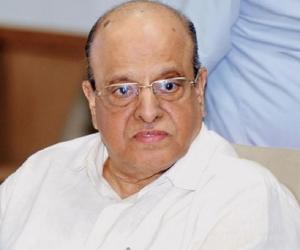
Krishnaswamy Kasturirangan is an Indian space scientist who supervised the development of several scientific satellites including the Indian Remote Sensing Satellites IRS-1A and IRS-1B and the Indian National Satellite (INSAT-2) while serving as the director of ISRO Satellite Centre. He served as the chairman of the Indian Space Research Organization (ISRO) for nine years from 1994 to 2003.
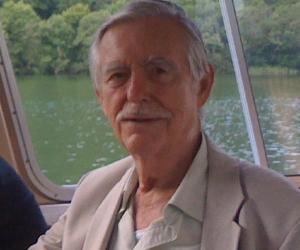
Harvard and Caltech alumnus Halton Christian Arp later worked at Indiana University, before joining the Max Planck Institute for Astrophysics. The astronomer is best known for his Atlas of Peculiar Galaxies, which listed countless galaxies, and his research on the distance of quasars. He believed the Big Bang Theory was incorrect
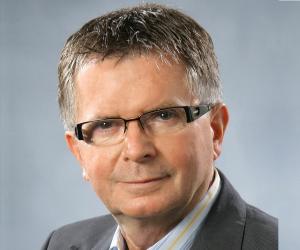
Polish astronomer Aleksander Wolszczan is best known for co-discovering extrasolar and pulsar planets. He started developing an interest in astronomy at age 7 and later worked at Cornell and Princeton, eventually gaining a teaching position at the Pennsylvania State University. He has won several awards, such as the Bohdan Paczyński Medal.
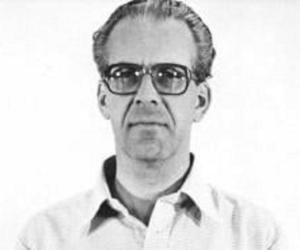
Maarten Schmidt is a Dutch-American astronomer credited with measuring the distance between two or more quasars. In 2008, he became the co-recipient of the maiden Kavli Prize for Astrophysics along with Donald Lynden-Bell. Maarten Schmidt has also received several other prestigious awards, such as the Helen B. Warner Prize, James Craig Watson Medal, Bruce Medal, and Henry Norris Russell Lectureship.

A renowned professor of Leiden University, Dutch astronomer Alexander Ollongren has also taught at Yale. Born in the Dutch East Indies, he spent his childhood in Japanese internment camps after the Japanese occupation, before moving to the Netherlands. He has also been associated with SETI.
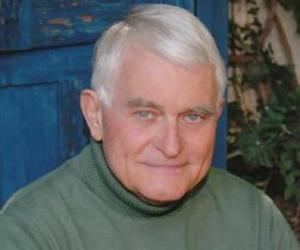
John A. Eddy, also known as Jack Eddy, is best remembered for his extensive research on the Sun and was the first to prove that the Sun is a variable star and not a constant star. He also discovered an amateur astronomical observatory of the Native Americans in Wyoming.

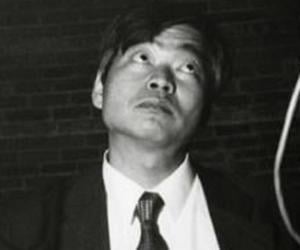
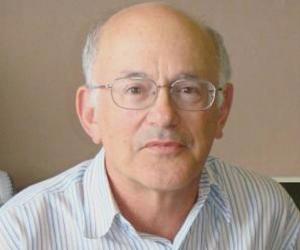
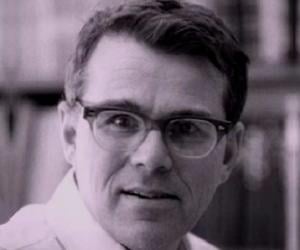
Born to a mathematician in Germany, Gerry Neugebauer later moved to the U.S. One of the pioneers of infrared astronomy, Neugebauer was known for his association with the Jet Propulsion Laboratory of the U.S. Army. He later taught at Caltech and was married to renowned geophysicist Marcia Neugebauer.
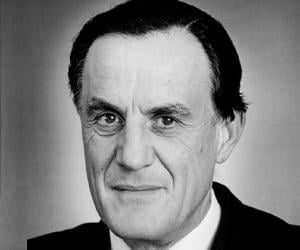
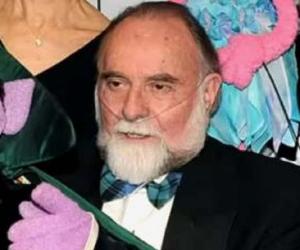
American astronomer Jerry Nelson is best known for designing segmented mirror telescopes. He was working in the Physics Division of the Lawrence Berkeley National Laboratory when he designed the segmented mirror telescopes. He was also the chief designer and project scientist of the Keck telescopes. His work on segmented mirrors led him to share the 2010 Kavli Prize for Astrophysics.
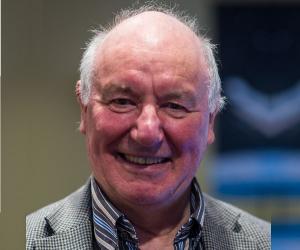
Scottish astronomer and physicist Malcolm Longair has been a renowned academic, having taught at the University of Cambridge and the University of Edinburgh. His research also took him to Moscow. Known for his work in cosmology and astrophysics, he spends his leisure time indulging in music, art, and mountain walking.

Credited with inventing numerous astronomical instruments and procedures, American astronomer Horace W. Babcock specialized in spectroscopy and the study of magnetic fields of stars. He is especially known for proposing the idea of adaptive optics, a technology used to improve the performance of optical systems and Babcock model, a mechanism to explain magnetic and sunspot patterns observed on the Sun.
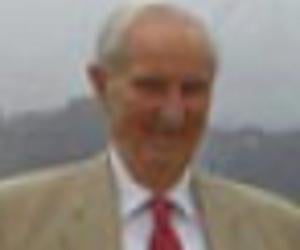
William Edwin Gordon was a pioneer in the research on the ionosphere. An electrical engineer, he earned a PhD from Cornell before joining the faculty of Cornell and then Rice University. He was also associated with the Arecibo Observatory. His radar telescope in Puerto Rico is used for radar astronomy.
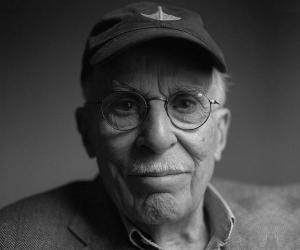
British-born American astronomer Roger Angel initially taught at Columbia University and is now part of the faculty of the University of Arizona. The Caltech alumnus has worked on projects related to global warming and solar cells. He is also the man behind some of the world’s biggest lightweight mirror telescopes.
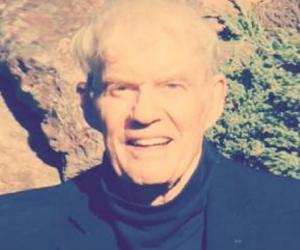
A pilot’s son, Charles Stuart Bowyer excelled in physics and became a professor at the University of California at Berkeley. A pioneer of extreme ultraviolet astronomy, he spearheaded the launch of the first EUVE satellite and also pushed for the search for extra-terrestrial intelligence. He died of COVID-19 complications.

